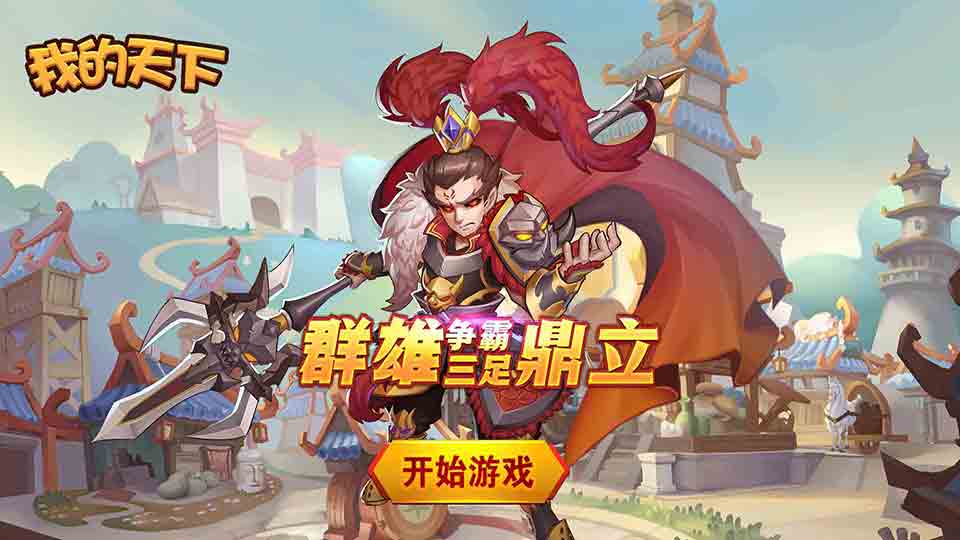Tencent Eyes Revenue Boost as Ad to be the First Beneficiary of AI Model
TMTPost -- Management of Tencent Holdings Limited expressed optimism in monetization of artificial intelligence (AI) development.
Credit:Visual China
At an earnings conference following financial results for the fourth quarter of 2023, Tencent President Martin Lau said deploying AI technology in existing businesses have begun to deliver significant revenue benefits, which is most obvious in the advertising business, where Tencent’s AI-powered ad tech platform is contributing to more accurate ad targeting, higher ad click-through rates, and thus faster advertising revenue growth rates. Lau said Tencent's advertising business will be the first to beneficiary of the deployment of its AI model.
Asked about benefits which Tencent has been able reap on the cost front from AI adoption and how long will it take to realize gains from there, James Mitchell, the Cheif Strategy Officer, listed areas Tencent is increasingly to be deploying AI, such as accelerating the creation of animated content, which is a big as well as a profitable business for Tencent Video, the game content and creating code. Mitchell said the benefit will show up not in substantial cost reductions, more rapid content creation and, therefore, more rapid monetization and revenue generation, but in the immediate benefit. Moreover, he stressed the biggest benefit is really around the advertising revenue uplift. He cited the example of financial benefits that Lau gave: Tencent can earn RMB10 billion in incremental revenue, or probably RMB8 billion in incremental gross and operating profit if it can improve click-through rates by 10%.
Tencent revenue gained 7% year-over-year (YoY) to RMB155.2 billion (US$21.6 billion) in the fourth quarter, missing analysts’ projection of RMB157.4 billion. The sales delivered the slowest growth in a year.The non-IFRS adjusted net income rose 44% YoY to RMB42.7 billion, better than the projected RMB41.97 billion. The operating profit increased 42% YoY to RMB41.4 billion, versus the estimated RMB46.7 billion, and gross profit climbed 25% YoY to RMB77.56 billion with gross margin of 50%, up from 43% a year ago. Tencent attributed improvement of the gross margin to transition to high-quality revenue streams, particularly video accounts ad revenue generated from our own traffic with platform costs already paid for. Its efficiency efforts also led to margin improvement.
Tencent Chairman and CEO Pony Ma, or Ma Huateng, highlighted breakthroughs in major products and services as his company sharpened strategic focus, such as Video Accounts’ total user time spent more than doubled, enhancements to the company’s advertising AI model significantly improved our targeting performance, and international contribution to its games revenue reached a record 30%. “These developments drove high-quality revenue streams which fueled our gross profit growth of 23%, and supported our plan to step up capital returns to shareholders. Tencent Hunyuan developed into a top-tier foundation model with superior performance in numerical reasoning, logical inference, and multi-turn conversations,” Ma said in the financial filling.
Lau told analysts that Hunyuan foundation model is now among the top tier of large language model in China and the whole world. The enhanced Hunyuan excels particularly in multi-turn conversations, logical inference, and numerical reasoning, some of which are the most challenging for large language models. Tecent has scaled the model up to the trillion-parameter mark, leveraging the MoE (mixer of experts) architecture to improve performance and reduce inference costs, and is rapidly improving the model's text-to-picture and text-to-video capabilities. Tencent is also increasingly integrating Hunyuan to provide copilot services for its enterprise SaaS (Software as a service) products, including Tencent Meeting and Tencent Docs, and developing new-generation AI tools for effective content production internally.
Lau said Tencent at the moment focuses on developing text-to-picture and text-to-video capabilities. He anticipated the next import evolution is what people has seen with Sora, the AI model launched by OpenAI. The model has done an incredible job with text to a long video where Tencent is working on. The company is developing the text-to-video capability because it thinks that this is actually very relevant to its core business. Content-driven business in short video, long video, and games is just the area in which Tencent will be developing and moving Hunyuan into. Hunyuan will continue to reinforce capability of the fundamental model while developing better text-to-multimedia capability, Lau said.







 +61
+61 +86
+86 +886
+886 +852
+852 +853
+853 +64
+64


